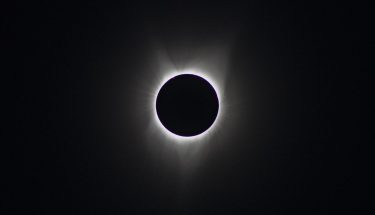
On Monday, large parts of the United States will experience a total solar eclipse. This eclipse is expected to be a more significant event than the one in 2017, and the next one visible from the U.S. won’t happen until 2044. The sky will darken in Uvalde, Texas, just seconds before 2:30 p.m. Eastern Time (1:30 p.m. local time in Texas) on April 8. The eclipse’s path will then arc up through Arkansas, Missouri, Illinois, Ohio and New York state before exiting the U.S. over Maine at 3:30 p.m. Eastern Time. Seattle is on the outer edge of the eclipse’s effects, with skies expected to darken here just 20% below regular levels.
Among the many people traveling to witness the total eclipse firsthand will be Baptiste Journaux, a University of Washington research assistant professor of Earth and space sciences, along with four UW graduate students.
Journaux’s research combines results from experiments and space missions to understand Earth as well as other planets and moons within our solar system. For this trip he will bring a special telescope to capture the unique view of the sun and surrounding skies that becomes possible during a solar eclipse.
UW News asked Baptiste about the upcoming trip as part of an occasional series, “In the Field,” highlighting UW field efforts.
Read more at UW News »
